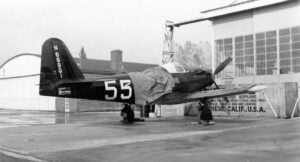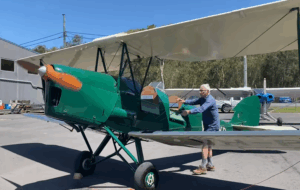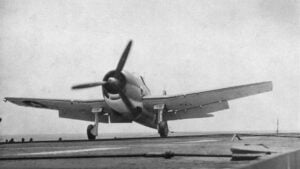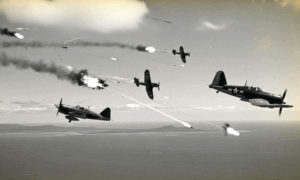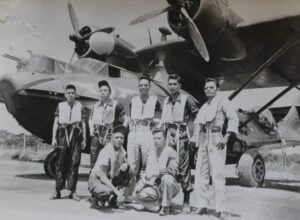The WWII Pilot Who Stole an FW-190 and Escaped to Freedom
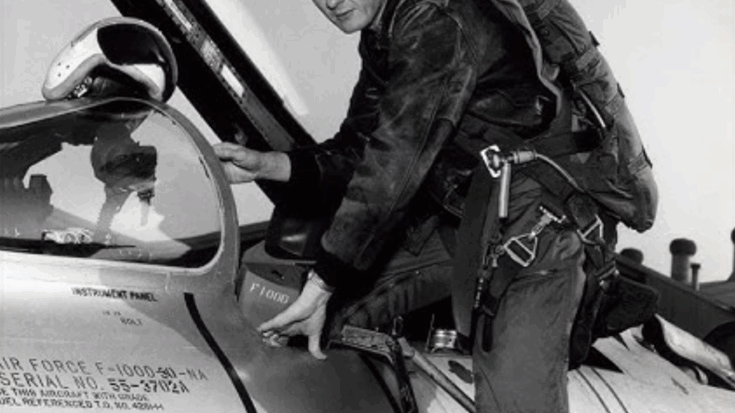
Jocu21 / YouTube
An American Pilot Shot Down Over France
On February 9, 1944, near the harbor of Nice in southern France, Robert Anderson Hoover flew a Spitfire with the 52nd Fighter Group. He and three other pilots circled a German vessel below. Hoover dropped his bombs but missed, and his plane soon lost power. At that same moment, a group of German FW-190 fighters appeared from above.
Hoover saw the four enemy planes diving toward him. He called for help and flew straight toward them, forcing them to break off. But they circled back quickly. As Hoover dodged their attacks, his fellow pilots rushed to his aid. Despite their efforts, one FW-190 landed a hit. A 20mm shell struck Hoover’s wing, tearing it off. His aircraft spun out of control, and Hoover bailed out over the Mediterranean Sea.
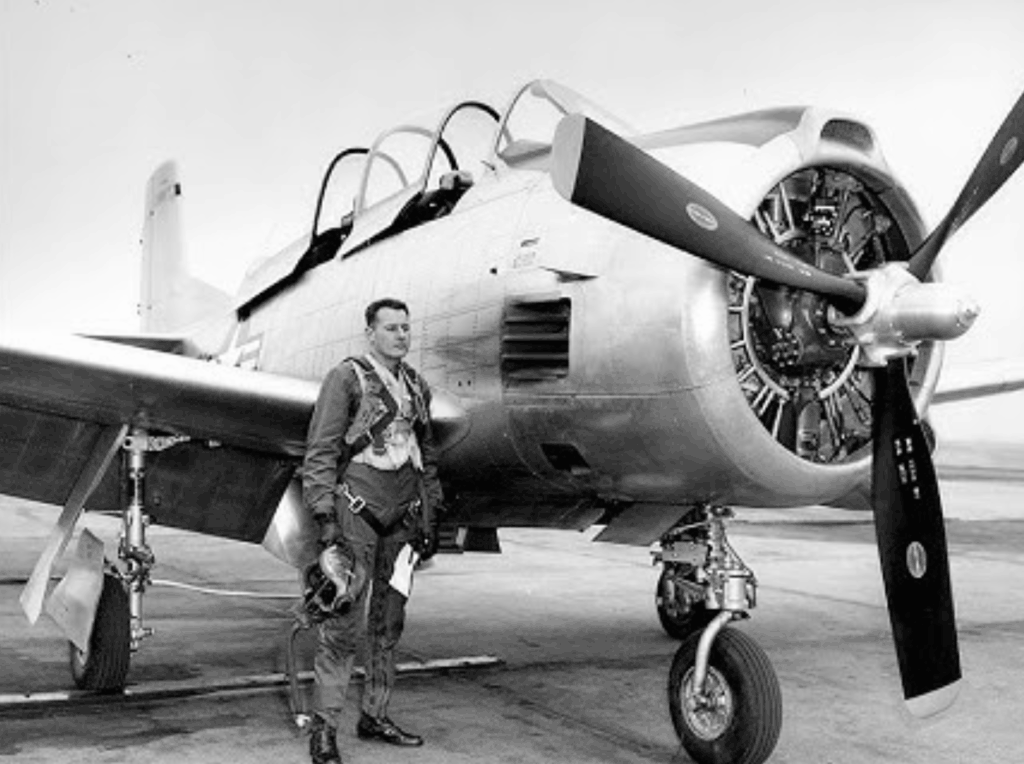
Capture and Life in a Prison Camp
He was rescued by a German ship and taken prisoner. Hoover was sent to several facilities before ending up at Stalag Luft I, a prison camp for captured airmen in northern Germany. He never gave the enemy more than his name, rank, and service number. For 14 months, he waited for a chance to escape.
In April 1945, as Soviet forces neared, most of the German guards abandoned the camp. Sensing an opportunity, Hoover and two others—Jerome Ennis and a Canadian known as George—made their move. Using a wooden plank to flatten the fence wire, they slipped away during a staged fistfight between prisoners that drew the guards’ attention.
A Risky Search for Freedom
Once in the forest, they traveled until George went his own way. Hoover and Ennis found shelter in a farmhouse where a French woman, forced to work in Germany, gave Hoover a handgun. She asked him to write a note asking Allied troops not to harm her.
Continuing west, they reached an abandoned airfield. Most of the German aircraft there were damaged, but Hoover found an intact FW-190. When a German mechanic tried to stop them, Ennis drew the pistol. Hoover discovered the plane had fuel but no working weapons.
Ennis refused to fly. “I never want to fly again,” he said. Hoover saluted his friend and climbed into the cockpit alone.
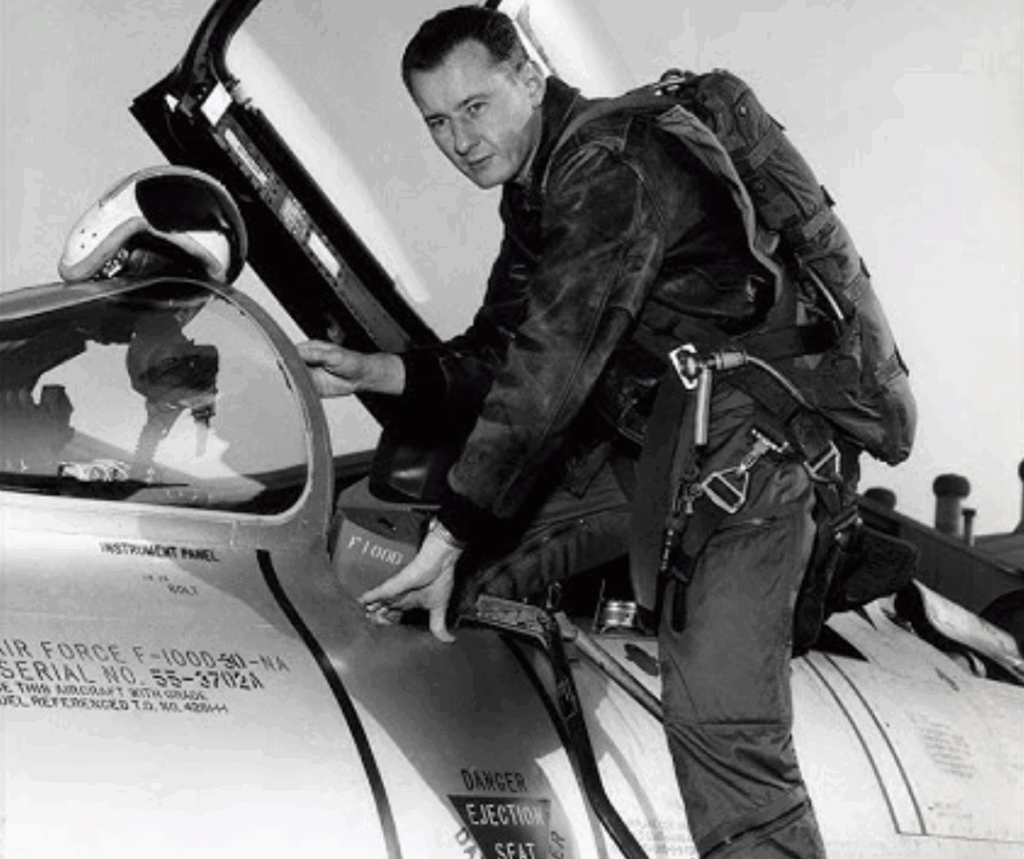
Flying a German Plane Across the Front
Hoover took off straight across the grass, skipping taxi procedures. Once airborne, he used the sun and coastline to navigate. With no map, no radio, and German markings on the aircraft, he flew across the front lines. Any Allied fighter or ground crew could have mistaken him for the enemy.
After passing the Jutland peninsula and seeing windmills ahead, he knew he had reached the Netherlands. Fearing anti-aircraft fire or mines, he landed in a field. Locals, thinking he was German, held him at pitchfork-point. But when British soldiers arrived, Hoover explained everything. He was finally safe.
The Rest of His Life
Hoover later reunited with Ennis. They had both made it. Hoover became a respected test pilot and airshow performer. He received the Distinguished Flying Cross for the dogfight that led to his capture. Though many praised the escape, Hoover once said, “It was about the dumbest thing I’ve ever done.”
Stalag Luft I was fully liberated just a week after Hoover’s escape. He likely would have survived had he stayed. But few men can say they stole an enemy warplane in World War II—and flew it to freedom. Hoover died in 2016 at the age of 94.














